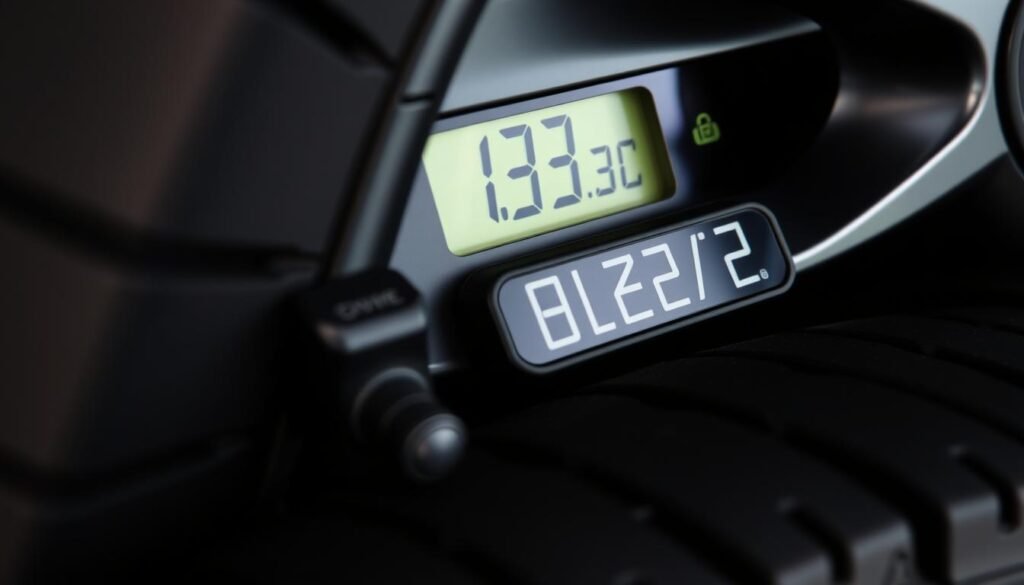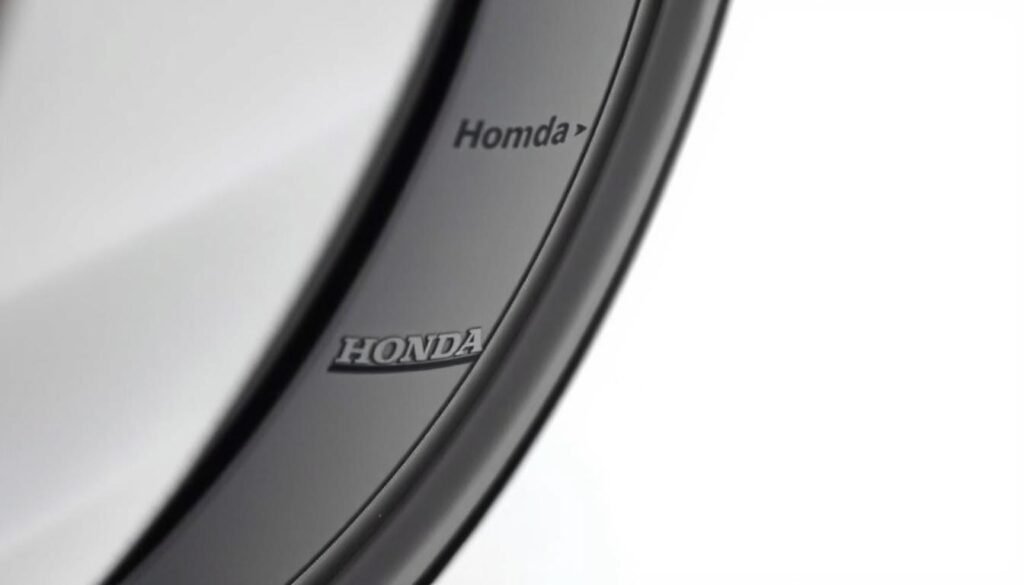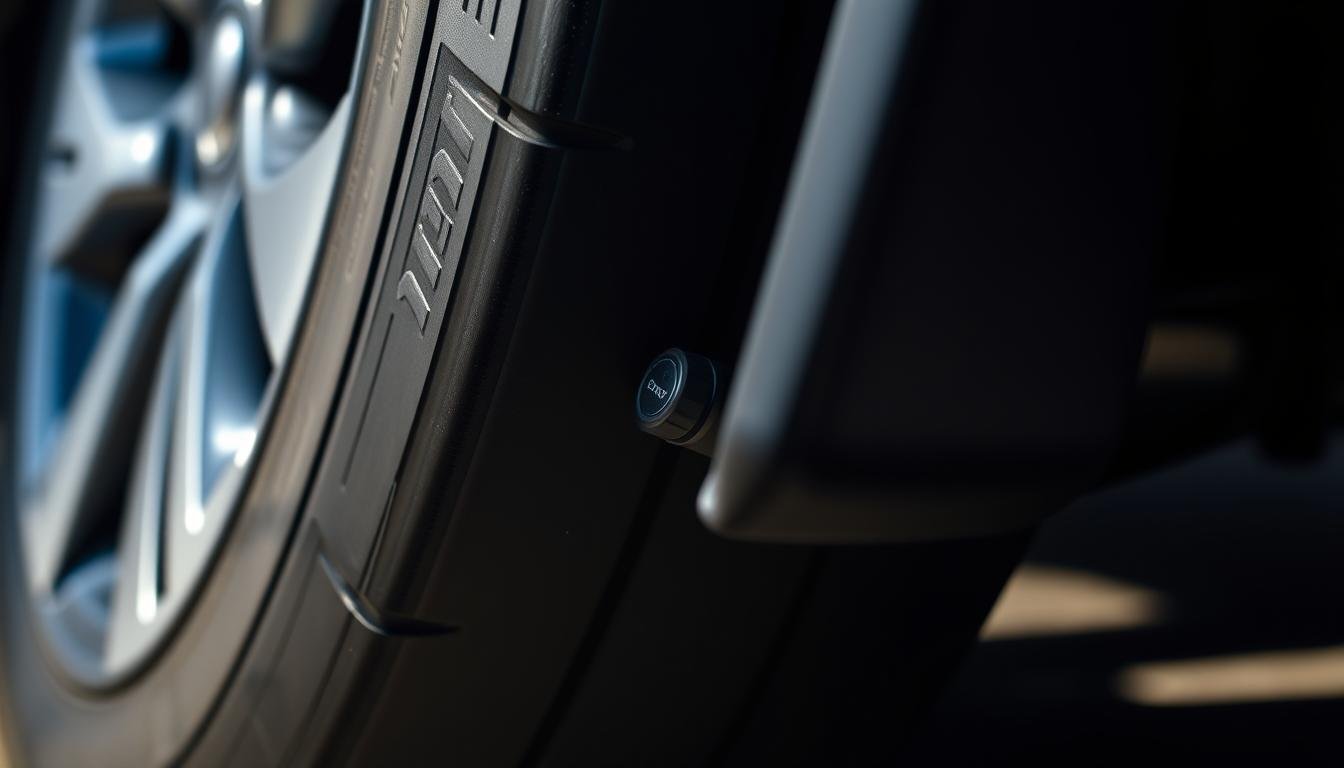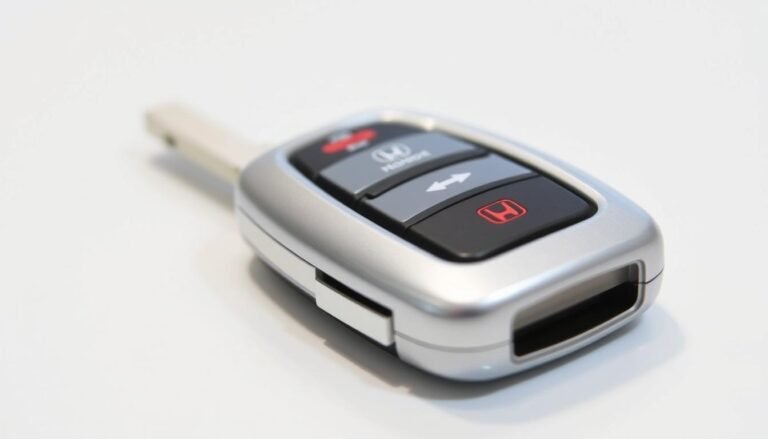How To Check Tire Pressure on Honda Civic? Better 7 Info
Checking your Honda Civic’s tire pressure is easy and key for safety and efficiency. Keeping the right tire pressure helps your car run better, saves gas, and makes your tires last longer.
This guide shows you how to check tire pressure step by step. It also explains why it’s important to keep tires properly inflated.
You’ll learn what tools you need and the best ways to check tire pressure. We’ll cover the signs of bad tire pressure and how to keep it right all year.
By the end, you’ll know how to take good care of your tires. Let’s get started and learn how to maintain your Honda Civic’s tires!
What is Tire Pressure and Its Importance?
Tire pressure is key for your vehicle’s performance and safety. It makes sure your Honda Civic works well, drives smoothly, and feels comfortable.
Knowing why tire pressure matters can improve gas mileage and driving.
Impact on Vehicle Performance
Not having the right tire pressure can really affect how your Honda Civic drives. Tires that aren’t pumped up enough make your car use more gas.
They also don’t grip the road as well, making it hard to drive in bad weather.
| Tire Pressure Condition | Effect on Vehicle Performance |
|---|---|
| Under-Inflated | Decreased fuel economy, reduced traction, poor handling |
| Over-Inflated | Harsh ride, reduced road grip, uneven tire wear |
| Optimal | Improved fuel economy, enhanced handling, balanced wear |
Safety Considerations
Keeping the right tire pressure is crucial for safety. The right pressure helps with braking and turning sharply.
Tires that are too soft can burst, and too much air causes less grip. So, checking and fixing your tire pressure regularly keeps you safe on the road.
How To Check Tire Pressure on Honda Civic
Checking your Honda Civic’s tire pressure is key for top performance and safety. Follow these easy steps to make sure your tire pressure is just right.
Step-by-Step Instructions
Start by getting your tools ready. Here’s how to check your tire pressure properly:
- Turn on your Honda’s ignition without starting the engine and observe the TPMS warning light. Make sure it functions correctly.
- Unscrew the valve cap on each tire to prepare for measurement.
- Firmly press the tire pressure gauge against the valve stem to obtain an accurate reading.
- Read the pressure displayed on the gauge and note down the results. Repeat this for more accuracy.
- If any tire is under-inflated, use a compressor to fill it to the recommended pressure.
Make sure to check all four tires to keep the pressure even. This helps your car handle better and save fuel.
Tools You Will Need
Before you start, gather these tools:
- A high-quality tire pressure gauge
- Access to compressed air
- Your vehicle’s ignition key

Honda Civic Tire Pressure Monitoring System Overview
The Honda Civic’s tire pressure monitoring system (TPMS) is crucial for great performance and safety.
It watches tire pressures closely. It also checks how the tires roll and turn to avoid any issues ahead of time.
How TPMS Works
TPMS works through sensors in each tire that send data about the pressure to the car’s computer. If the tire pressure gets too low, the system warns you.
But remember, TPMS might not be accurate at slow speeds or with different sized tires.
Common TPMS Indicators
Knowing the common TPMS indicators can help you spot and fix tire pressure problems quickly. These indicators include:
- Warning light in the dashboard alerting you to low tire pressure
- Flashing warning light indicating a malfunction within the TPMS
Understanding these alerts helps you keep your tires in the best shape.

Optimal Tire Pressure For Honda Civic
Keeping the right tire pressure for your Honda Civic is key to its performance, safety, and comfort.
The recommended tire pressures are on the label inside the driver’s door. This shows the ideal pressures for front and rear tires.
Manufacturer Recommendations
The ideal tire pressure range is given by the manufacturer. For most Honda Civics, it’s between 30 and 35 psi.
Always check the label on your car for the most accurate pressure, as different models vary. For the best readings, check the tire pressure when it’s cold.
Seasonal Considerations
Changes in weather can affect your tire pressure. In cold weather, pressure can drop, which is why you must check it more in winter.
A 1 psi loss for every 10 degrees Fahrenheit decrease can under-inflate tires. This affects your car’s performance and safety.
So, it’s crucial to adjust tire pressure with the season to keep your Civic running smoothly.
Checking Tire Pressure: A Routine Maintenance Task
Keeping up with routine tire maintenance is key to your Honda Civic’s long life and performance. Making sure your tire pressure is right is essential for safe and smooth driving.
Knowing how often to check your tire pressure and what signs show it’s off can keep your car running well.
Frequency of Checking Tire Pressure
It’s good to have a schedule for checking your tire pressure. It’s best to do this at least once a month.
Also, check your tire pressures whenever you fill up your gas or before you go on long trips. This habit will help catch any issues early and keep your tires at the right pressure.
Signs of Improper Tire Pressure
Stay alert for signs that your tire pressure isn’t right, as it can impact how your car drives. Watch for these signs:
- Uneven tire wear
- Low TPMS indicator light on the dashboard
- Less fuel efficiency
- Harder to handle the vehicle
Finding these signs early is important for keeping your tires in good shape and your driving safe.
Fix any problems right away to improve your safety and your car’s performance.

Adjusting Tire Pressure on Your Honda Civic
Keeping the right tire pressure is key for your Honda Civic’s performance, safety, and overall driving experience.
Here’s a step-by-step guide for both inflating tires and handling over-inflated tires properly.
How to Inflate Tires
First, attach your air compressor nozzle to the tire’s valve stem. Fill up the tire with air until it hits the recommended pressure, as stated in your owner’s manual.
Doing this regularly will not only save gas but also make your tires last longer.
What To Do If Tires Are Over-Inflated
If your tires have too much air, you need to let some out. To do this, press on the valve stem carefully to release air until you hit the right pressure.
It’s important to let the air out slowly. Doing this too fast can damage the tires or even cause a blowout. Keep an eye on your tire pressure to stay safe on the road.

Additional Tips For Tire Maintenance
To keep your Honda Civic in top shape, it’s key to know tire maintenance. Seeing how your tires wear helps spot issues like wrong alignment or air pressure. This keeps your car running well and safe.
Knowing Tire Wear Patterns
Tire wear tells you a lot about your tires and car’s suspension. You might see:
- Center wear: Your tires might be too full.
- Edge wear: This means not enough air, which lowers grip.
- Patchy wear: It points to alignment problems needing fast action.
Knowing these signs helps you fix problems before they get worse.
The Importance of Regular Inspections
Checking your tires often is key for safety and smooth rides. When inspecting, look at:
- Tread depth
- Sidewall damage
- Overall tire condition
Regular checks help your tires last longer and avoid big repair costs. Keeping up with tire care makes driving safer for everyone.
Common Mistakes When Checking Tire Pressure
Taking good care of your tires is crucial for safety. Both new and experienced drivers can make mistakes that affect safety.
It’s very important to check your tire pressure correctly to keep your Honda Civic safe and running well.
Misreading The Gauge
Misreading the gauge is a frequent mistake. Make sure the gauge is properly attached to avoid air loss.
Incorrect placement can show wrong pressure levels. Always double-check the readings to ensure accuracy.
Ignoring The Tire Pressure Label
Not looking at the tire pressure label is a big mistake. This label on the driver’s side door jamb has vital info.
Not following these guidelines can hurt your car’s performance and tire life. Always check this label before adjusting your tires.
Conclusion
Keeping the right tire pressure in your Honda Civic is key for safety and how well it drives.
It helps your ride feel smoother, improves gas mileage, and keeps your tires lasting longer. Make sure to check and adjust your tire pressure often to get the best out of your drive.
This guide has given you the tools to keep an eye on and adjust your tire pressure. Staying ahead with regular checks boosts your confidence on the road.
It also prevents issues from tires not inflated correctly. Following these steps saves you both time and money. To wrap it up, never underestimate the value of correct tire pressure.
Regular checks help keep your Honda Civic running smoothly and reliably. Taking care of your tires means you can enjoy a worry-free drive.
FAQs
Q: How often should I check the tire pressure on my Honda Civic?
A: You should check the tire pressure of your Civic at least once a month. Also, do this every time you stop for gas. This helps keep your car running well and safely.
Q: Where can I find the recommended tire pressure for my Honda Civic?
A: You can find the right tire pressure for your Civic on the tire info label. This label is on the driver’s door frame. It shows the correct pressures for the front and rear tires.
Q: What can happen if my tires are under-inflated?
A: If your tires don’t have enough air, they can use more fuel and grip the road less. This can also increase the chance of your tire bursting, making it unsafe and not perform well.
Q: How do I use a tire pressure gauge correctly?
A: Using a tire pressure gauge is easy. Just press it hard against the valve stem, so it seals tightly. Then, read the pressure it shows. To be sure, check the pressure a second time.
Q: What actions should I take if my tire pressure is too low?
A: When your tire pressure is low, use an air compressor. Inflate your tires to the level the tire label suggests.
Q: Can driving conditions affect tire pressure readings?
A: Yes, driving can make your tires hot and pressure go up. So, it’s best to check the pressure when your tires are cool.
Q: What should I do if my TPMS warning light is on?
A: If you see the TPMS warning light, check all your tires. Make sure they have enough air. Fix any issues with the pressure right away.
Q: How can I tell if my tires are over-inflated?
A: Over-inflated tires can make the tread look square and wear out the middle too much. If you notice this, let out some air until they’re at the right pressure.







